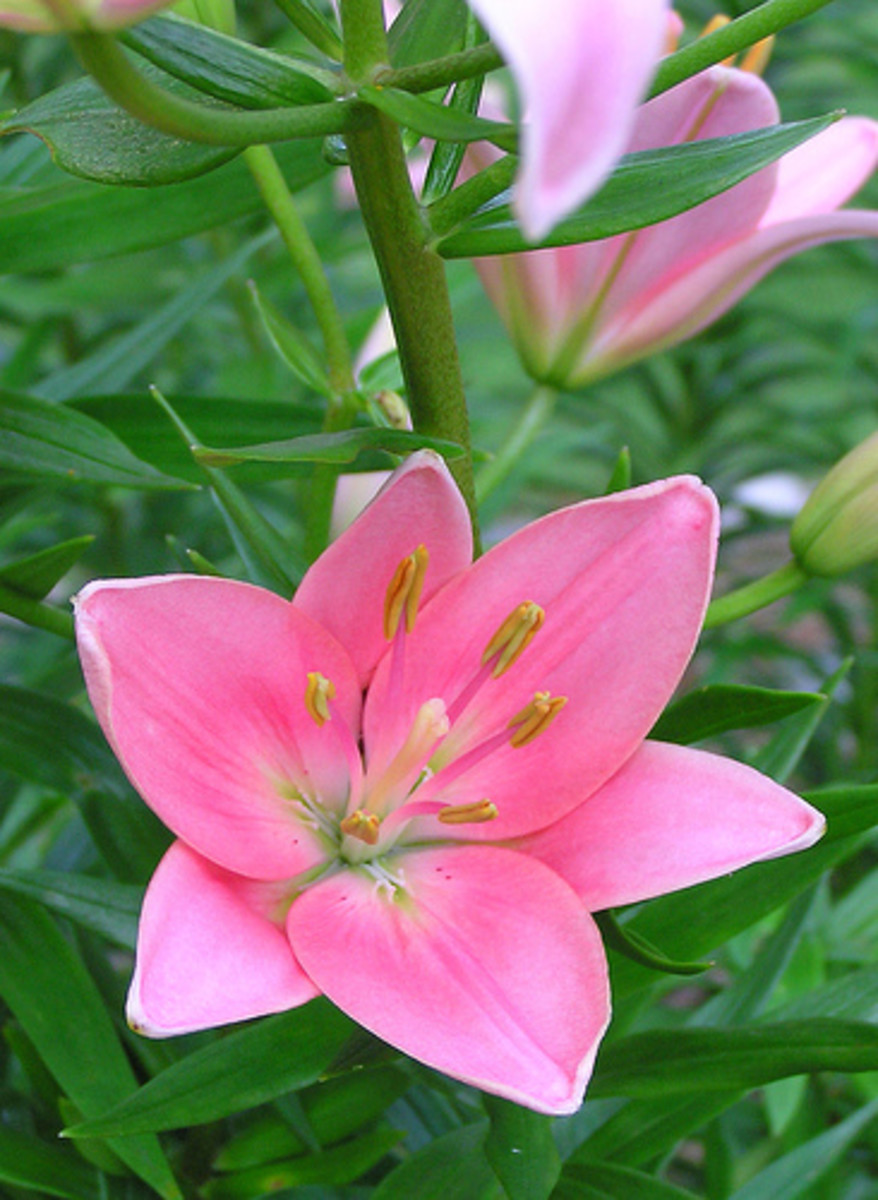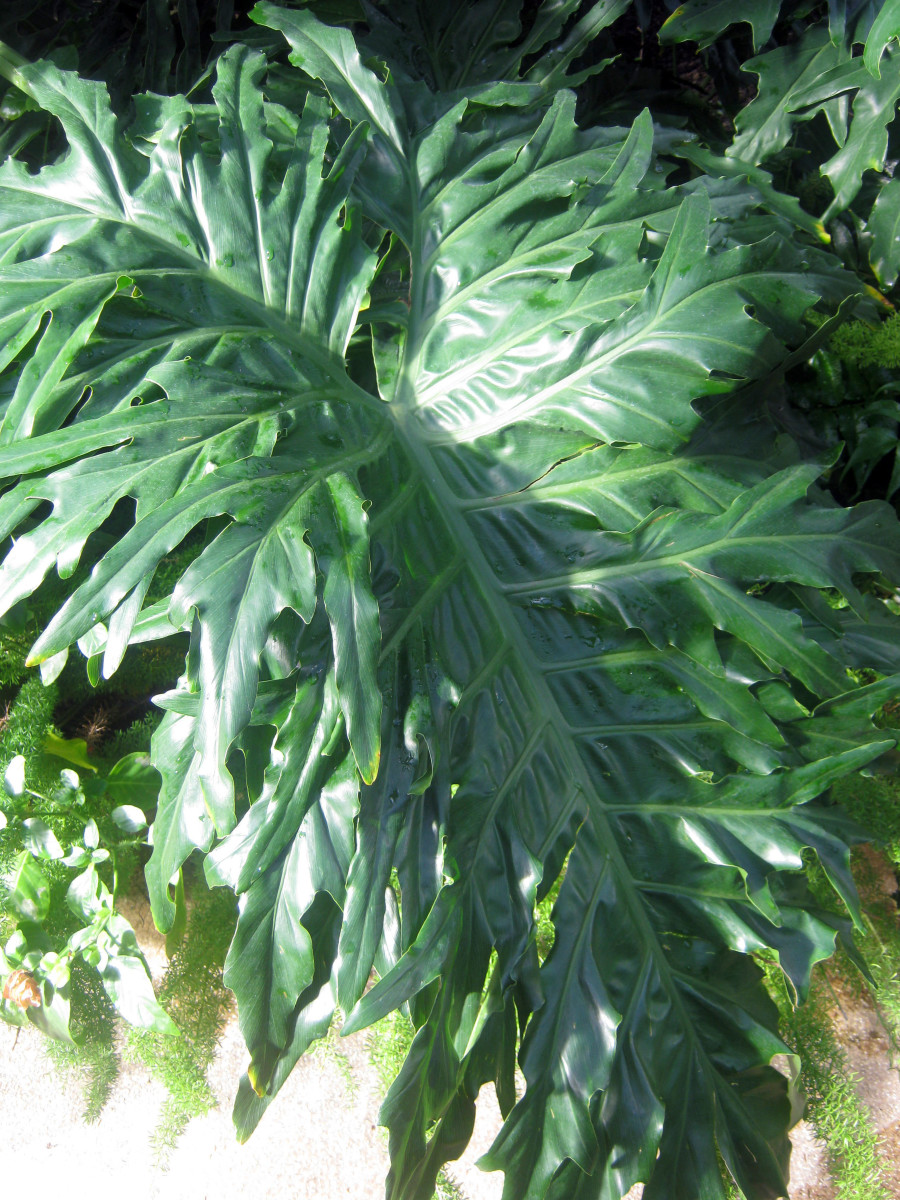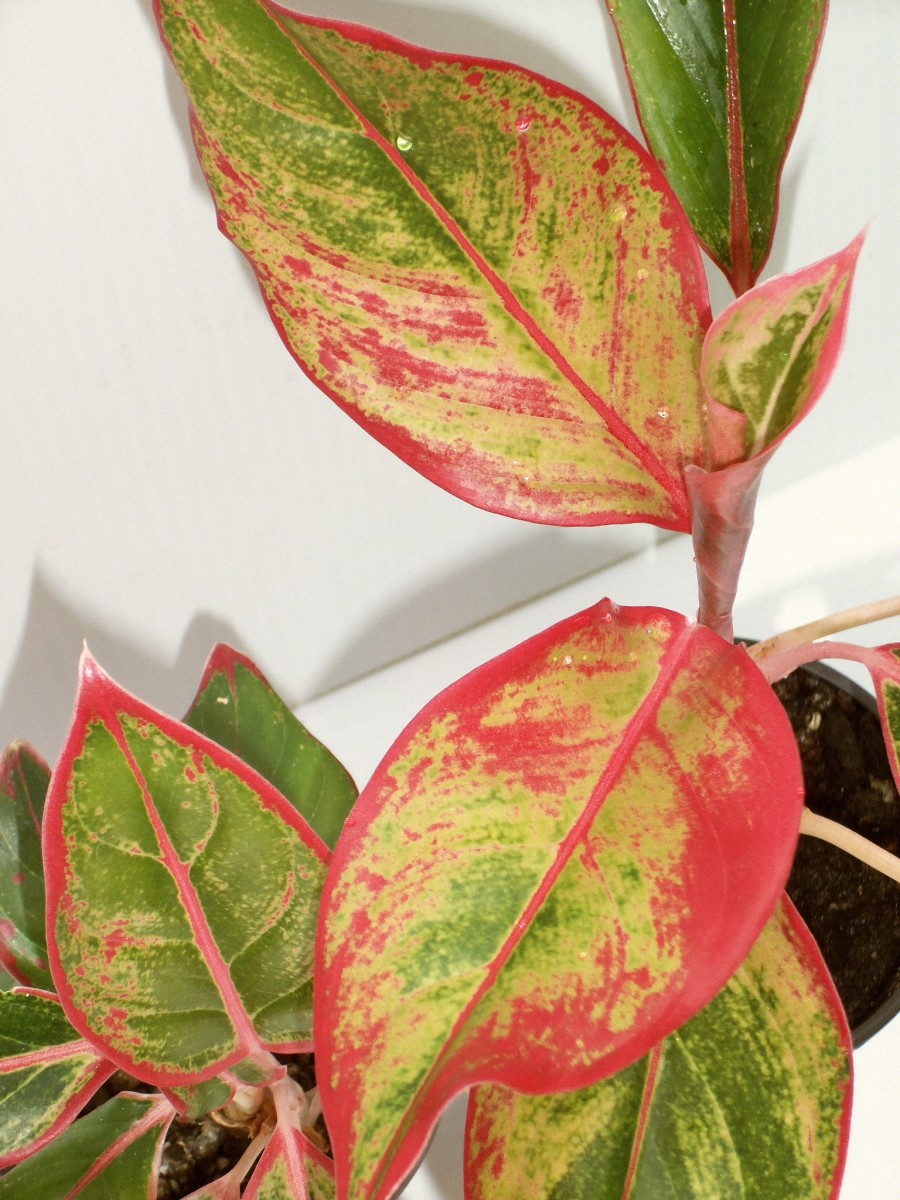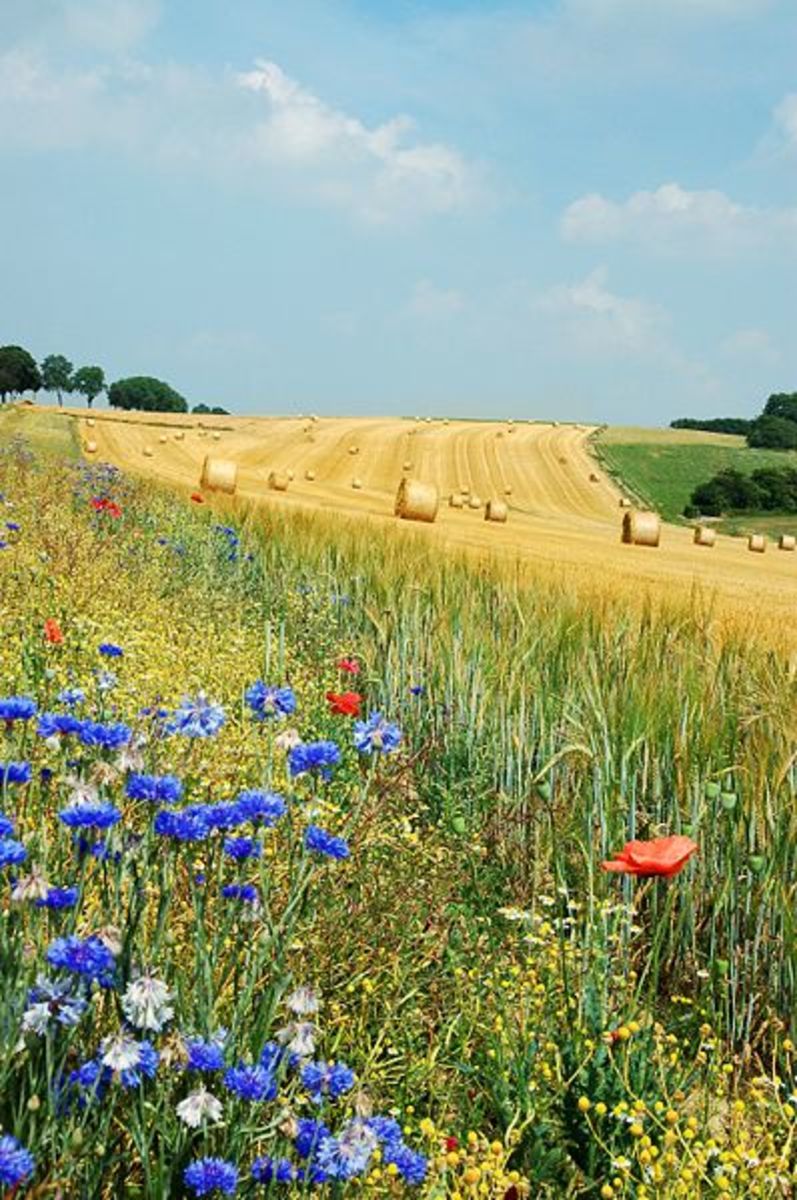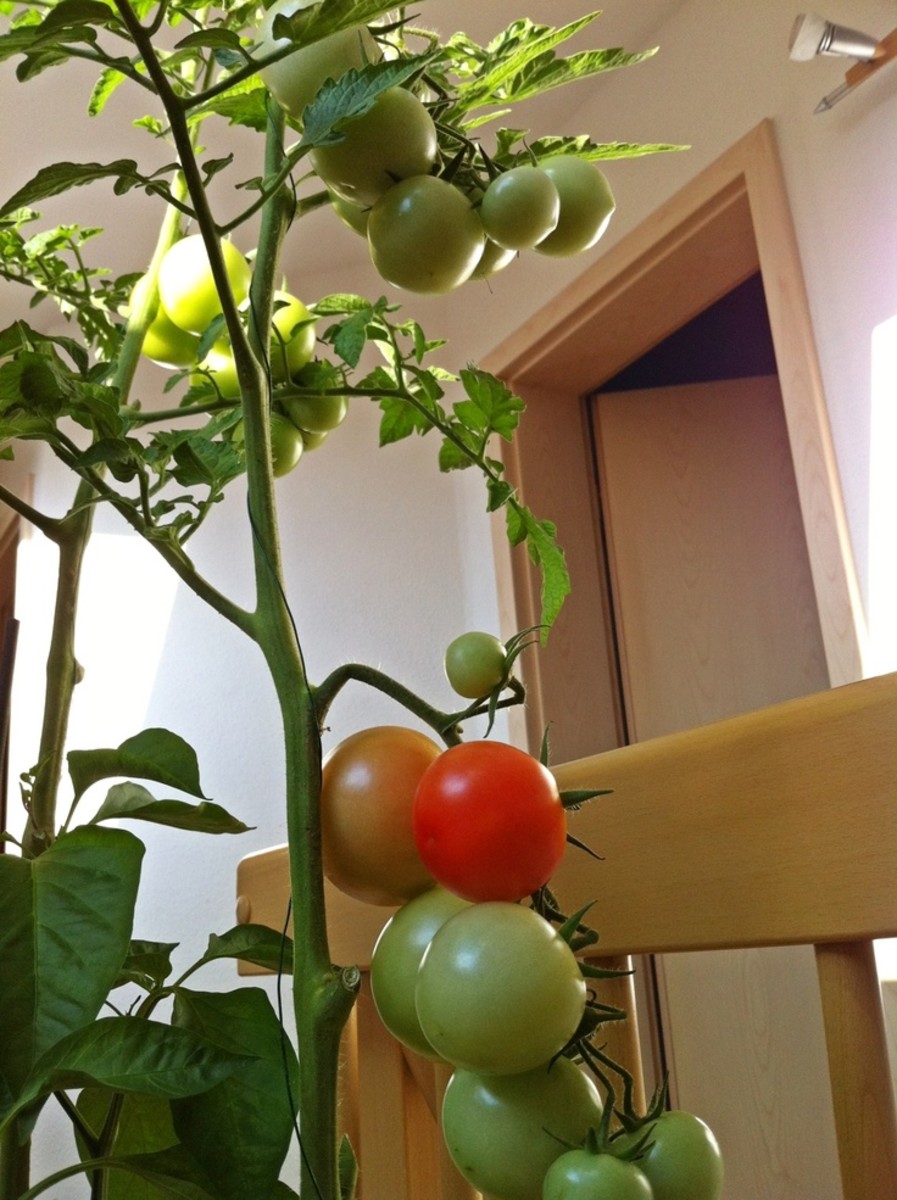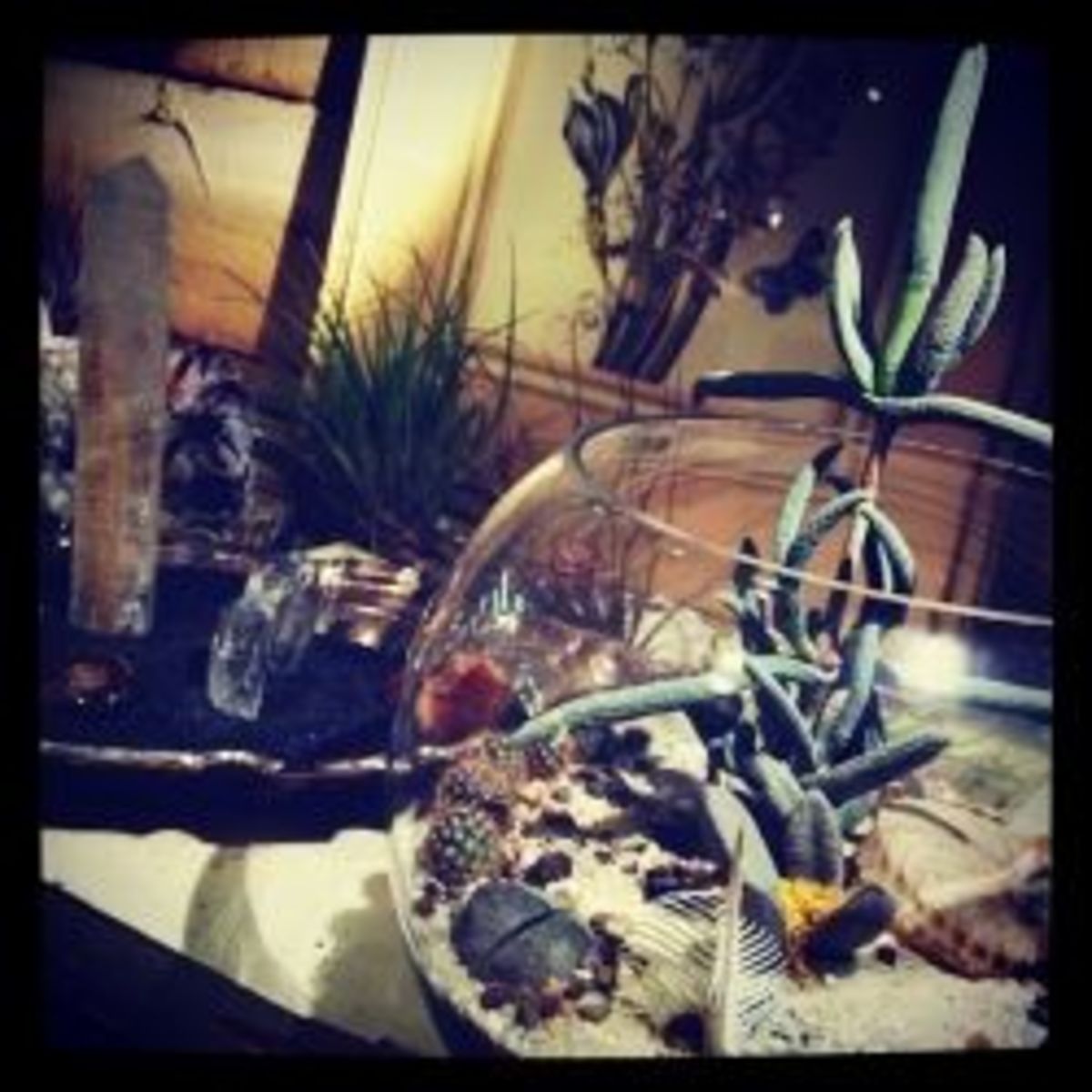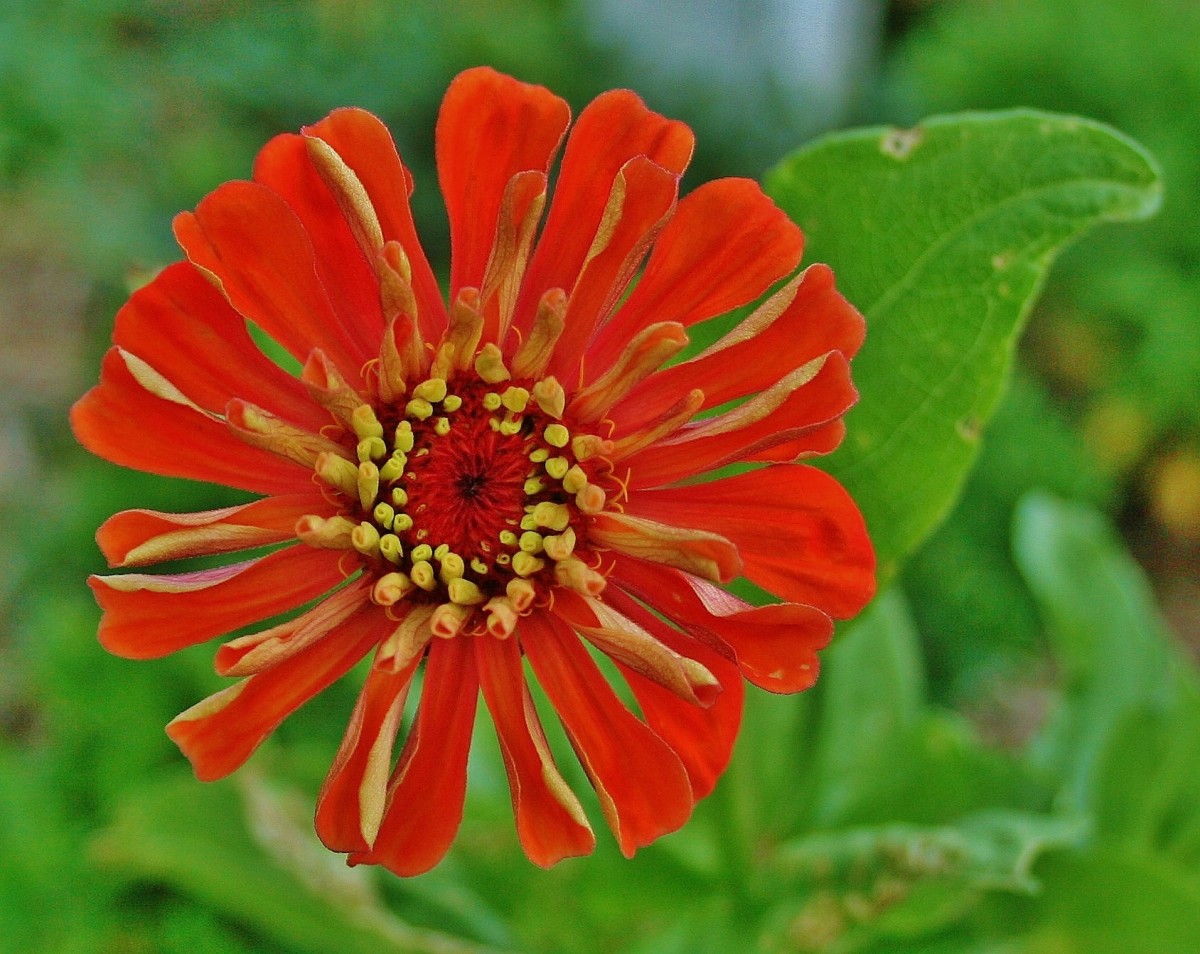different types of cactus plants
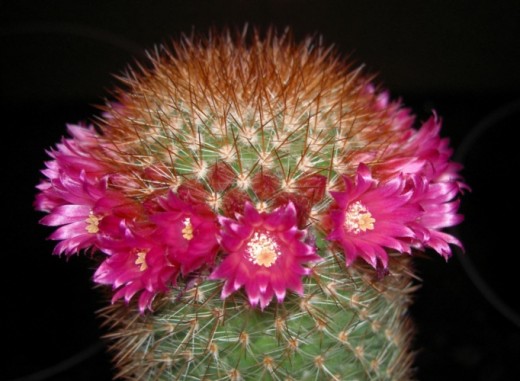
Mammillaria Spinosissima
Mammillaria spinosissima is another rather variable species, the locality in which it is found in the wild having as much to do with variation as any natural tendency to hybridize with adjacent species. The plant bodies are generally solitary and although globular at first become cylindrical with age.
The dark green stems produce white wool in the upper axils between the flattened cylindrical tubercles. As its name suggests it has a great many spines. The radials are about twenty five in number and are white and spreading in the type, although these may vary in some of the named cultivars and varieties. The centrals are similarly variable but the type has anything between seven and ten of them projecting outwards and downwards slightly away from the plant bodies, giving the plant its somewhat hostile appearance.
It flowers fairly well once established, producing a ring of bright red blooms round the upper part of the plant. The varieties grown commercially tend to be very much less free flowering although more exotic in their spine colour.

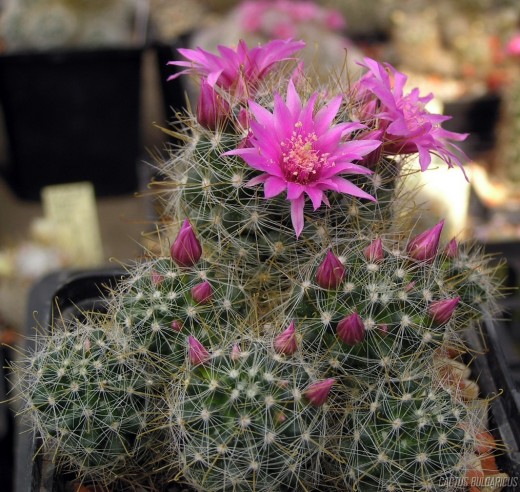
Mammillaria Wildii
Mammillaria wildii is a well loved and free growing species. It makes an excellent house plant as it does not require an extended cold period in order to flower, nor does it have to have the same quantity of winter light to enable flower-bud initiation to occur. At first globular, the stems later become cylindrical, attaining a height of about 6 in (15 cm) in cultivation and branching freely at the base from the second year onwards to form fairly dense clusters. The stems themselves are bluish green but the tubercles become progressively paler towards the areoles being almost white at the tips.
The radials are white or pale pink in colour and number about nine. The areoles, which are at first woolly, produce three or four straw coloured central spines, the longest of which is hooked. It is very free flowering, and the true species has a ring of white flowers, faintly suffused with pink near the edge of the petals.
It has been hybridized with M. glochidiata and the resulting hybrids, although similar in every other respect to the species, have pinkish flowers. The fruits form readily on pollination but are kept hidden in the axils until the following year when the long red tubular berries appear at the same time as the current year's flowers.

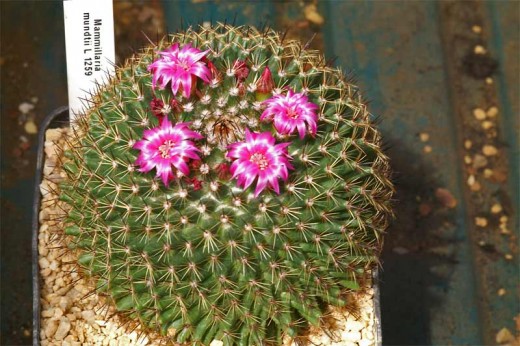
Mammillaria Mundtii
Mammillaria mundtii and M. nundtii are in fact the same variety, the misprint 'nundtii' being of commercial origin but widely perpetrated. It is quite common to find such spelling mistakes occurring, particularly when buying from a commercial grower who may not have time to check the printing on some of his labels.
Mammillaria mundtii makes a low globular plant spreading almost as wide as it is high. The dark green stems form a woolly cephalium or hat when older due to the profusion of wool growing between the axils of the young tubercles, but this feature does not normally appear on young plants below three or four years in age.
The radial spines are up to ten in number and are thin, white and spreading with two brown central spines sprouting from the areoles which, like the younger axils, are woolly at first. Although a rather uninteresting plant it is very attractive when it flowers as the somewhat tubular red flowers are produced well clear of the tubercles as opposed to being hidden down in the axils, which is the case with most mammillarias.

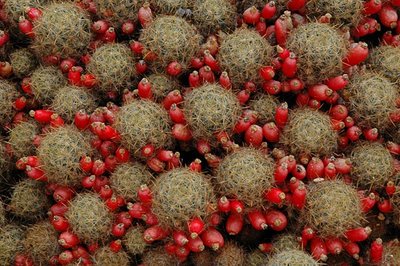
Mammillaria Prolifera
Mammillaria prolifera, although very much more common than the preceding species, is altogether a better plant for the amateur, being tolerant of every kind of abuse and flowering very freely. As its name suggests it has an almost uncontrollable habit of proliferating clumps, sometimes groups of plants can measure a foot (30 cm) or more in diameter.
Flowers are produced very freely on plants with just a single stem and a whole clump in flower is really worth seeing. It is tolerant of adverse conditions and will do well wherever it is grown, although it will derive considerable benefit from being given the maximum amount of sunlight possible. The small offsets root readily and make this a popular plant for own-propagation enthusiasts.
If grown indoors
during the winter it will need a little
water, especially where it is overwintered
on a living room windowsill, but if left in
the greenhouse it should be allowed to dry
out just like other cacti.
Mammillaria prolifera has several varieties,
two of which are most commonly
seen. M. p. haitensis has a much more dense
covering of spines and centrals which are yellow at
first and only become white with age. M. p.
texana is a mainland version of a variety
which is otherwise a native of the
Caribbean. It is rather more open in texture
and forms even larger clumps.

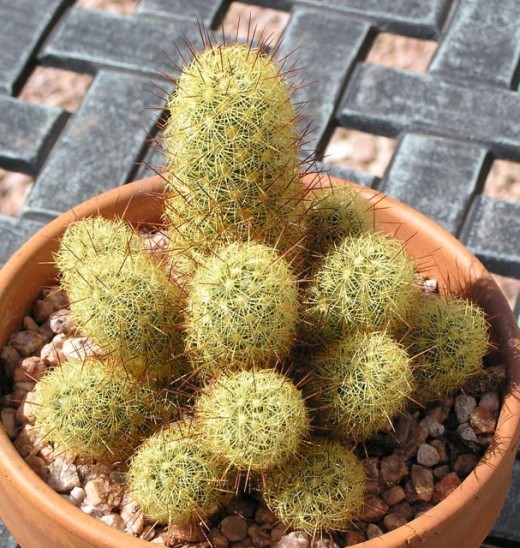
Mammillaria Elongata.
The variation that can occur within a group of plants with the same specific name in the cactus family is nowhere more apparent than in the immense variety of forms of Mammillaria elongata. The plants are all distinguished by having long thin cylindrical stems which form clumps at the base when quite young.
The commonest forms of this plant have cylindrical plant bodies about 6 in (15 cm) in height at the centre although sideshoots may be almost prostrate along the surface of the compost. The tubercles are cylindrical and the amount of wool in the axils is very small, often in fact they are completely bare, even near the growing tip of the stem.
The radials are neatly arranged in a star shaped pattern on the areoles and normally number eighteen or so. They are usually reddish in colour but this is one of the most variable features of the plant. The centrals are generally four in number and difficult to distinguish from the radials as they frequently spread out sideways like the radial spines. The true M. elongata has yellowish flowers but cultivated specimens may have all manner of different coloured flowers, as a result of hybridization rather than the effects of natural variation.
When grown in partial shade such as exists on a windowsill the stems will tend to become rather thinner than if grown in a greenhouse, and flower production will consequently be somewhat diminished, but the plant makes a good house plant as long as it is not allowed to become waterlogged which can cause a rapid rotting off.

